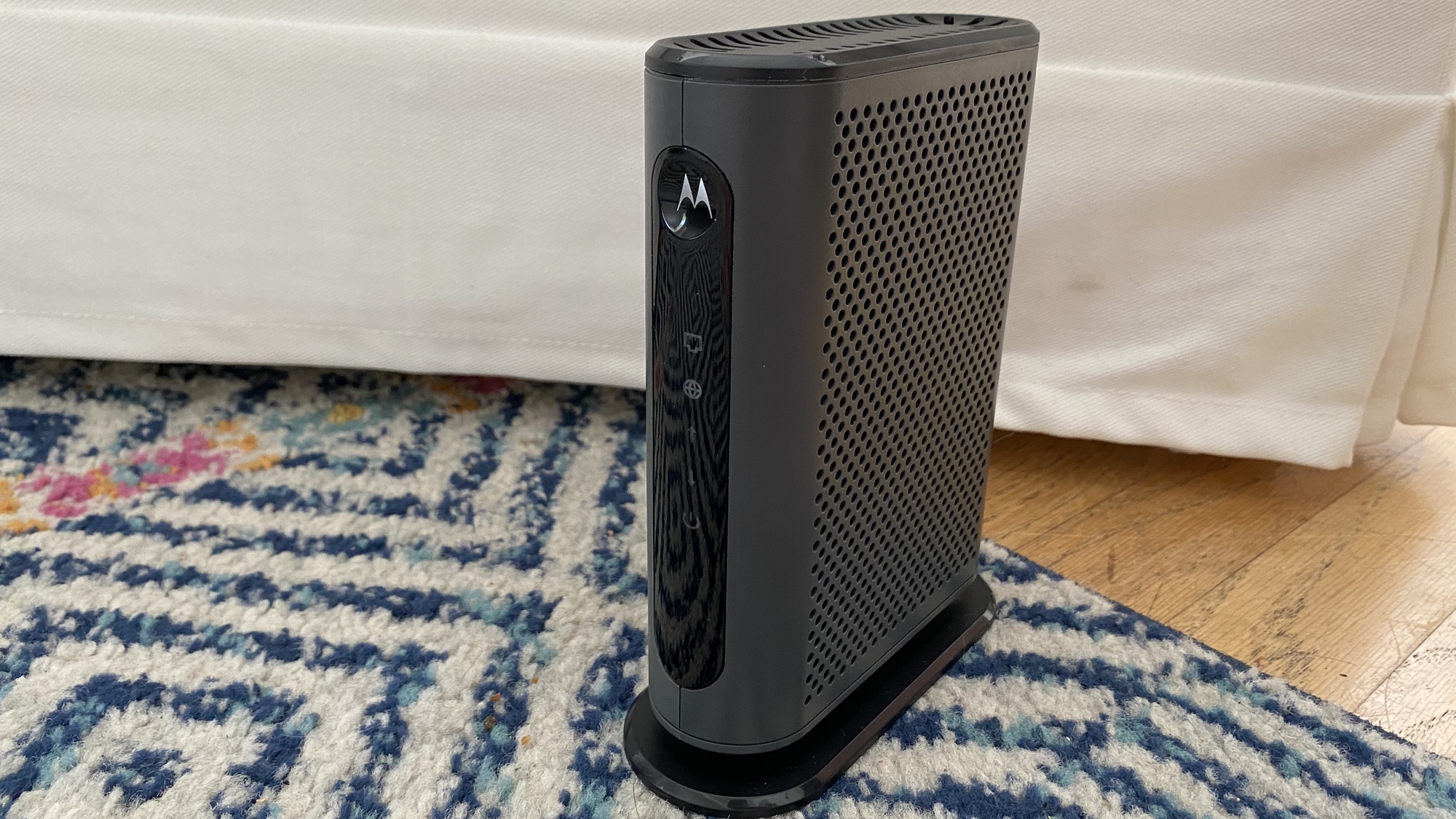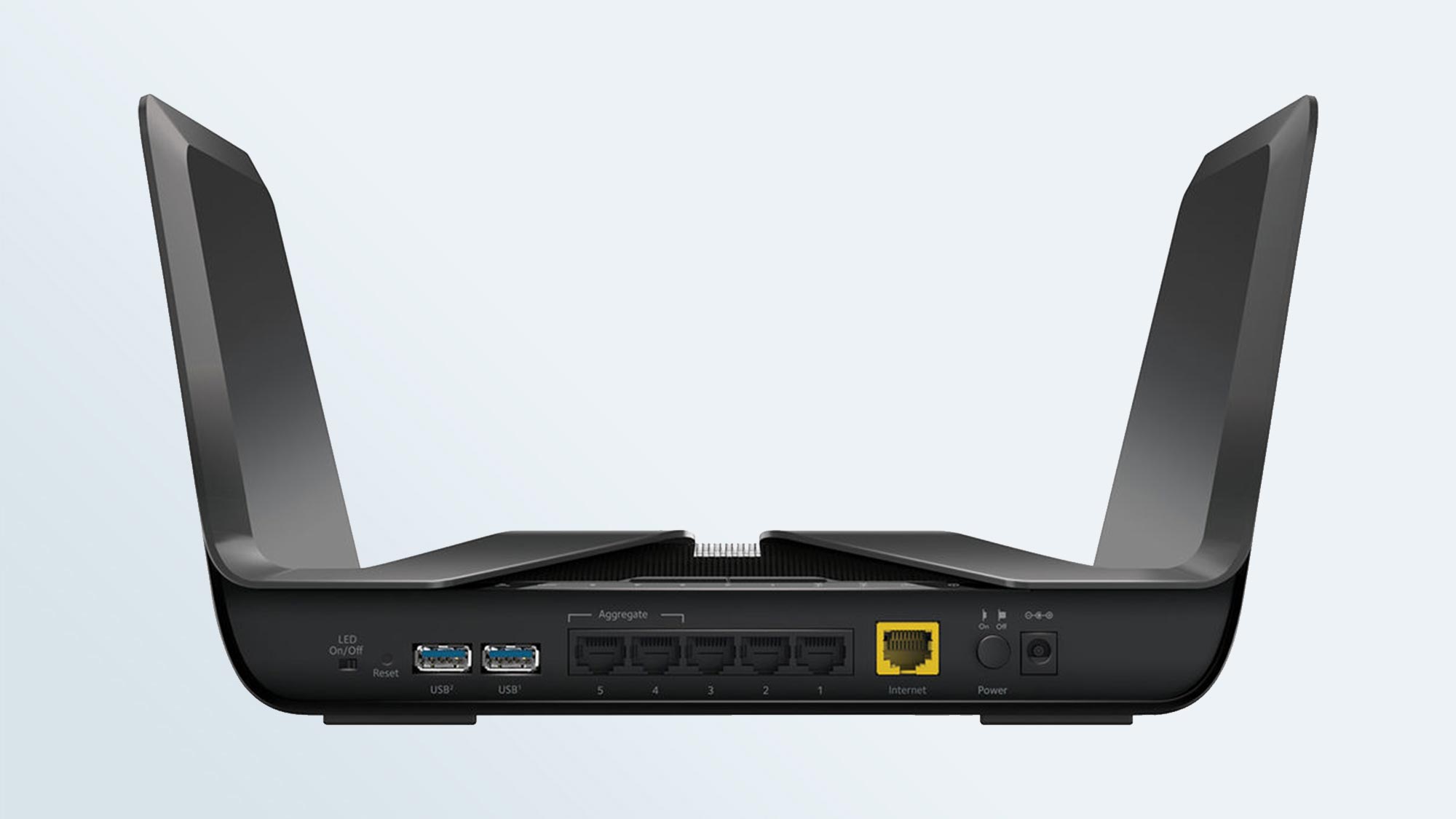Modem vs. Router: How They're Different and What They Do
Here's how modems and routers work together and why they're best kept separate

When it's time to upgrade your home Wi-Fi network, you need to know exactly what kind of equipment to install. And one of the first steps to picking the right equipment is knowing how a modem vs. router are different.
After all, those are the two pieces of networking gear that everything starts with. A modem brings internet into your house, while a router directs that internet connection to all the computers, tablets, mobile phones and other connected devices you have on hand. The two devices work together to fill your house with TikTok videos, streaming games and all the other things that make the web so wonderful.
- Here are the best Wi-Fi routers you can buy
- What internet speed do I need? How many Mbps are enough?
- Cover every device in your household with the best router VPN
Here's a quick rundown of both types of networking gear, including what to look for and why you're usually better off opting for a separate modem and router instead of a hybrid device.
Modems: Your gateway to the internet
To bring the internet into your home, you're going to need a modem.
This is a small device that connects to your internet service provider (ISP) to tap into all that internet goodness. The connection is made via a cable (for cable or fiber internet) or phone line (DSL) from outside your house that plugs into the back of your modem. Your modem shares this connection with a computer or a router via an Ethernet cable.
Modems aren't one-size-fits-all solutions; the type of modem you'll need depends on the type of internet service you receive. If that's DSL, you'll need a DSL modem. If your ISP offers cable internet, you'll need a cable modem. If you choose fiber, you'll get an optical network terminal (ONT) to translate the fiber-optic light signals into electrical signals that your devices can recognize, and maybe another modem-like device to translate from the ONT.
- A virtual router can share your VPN connections with other devices

Several ISPs offer both DSL/cable and fiber options, so it can be challenging to determine which type of modem you need for your internet service even when you're looking at only one provider. If that's making your head spin, the good news is that your ISP will tell you which type of modem you need, and will even offer one for you to rent or, in some cases, buy.
We recommend buying your own. While tacking up to $14 a month on to your bill each month may not seem like much, those costs add up over time. At Comcast, where some customers are paying that $14 monthly fee for their modems, that's $168 a year you're paying in modem rental fees. Considering that best cable modems cost anywhere from $60 to $100, you could pay off a modem twice for what you're spending to rent one, especially that a new law took effect late last year that prevents internet providers from charging you rental fees when you provide your own equipment.
To buy your own modem, all you need to do is check with your ISP to make sure that the model you want to buy works with that provider's service. If you get cable internet, a DOCSIS 3.0 modem such as the Motorola MB7420 or Netgear CM500 can handle speeds for most homes. If your internet service has speeds greater than 300Mbps, consider a high-speed DOCSIS 3.0 modem instead such as the Netgear CM600.
Cable providers are starting to roll out internet service that tops 1 Gbps. If that includes your home, you'll need a DOCSIS 3.1 modem. Be aware that these kinds of devices tend to cost close to $200, though prices are dropping.
Routers: Taking the web wireless
Picking a modem is only half the battle, because they typically provide connections for just a single, wired device. If you want to go wireless, you're going to need a router, which is a networking device that lets you share your modem's internet connection with all your devices. Routers connect to your modem via an Ethernet cable and pass that internet connection on to other devices in your house either via an additional Ethernet cable or wirelessly over a Wi-Fi network.

Routers come in two primary variants: standard single-unit routers (which can look a bit like spiders — looking at you, D-Link), and whole-home Wi-Fi routers that use multiple devices to create a mesh network that extends your Wi-Fi signal. For smaller homes, single-unit routers generally provide a good enough signal to provide a strong wireless connection to all corners of your home. (And if they don't, you can always pick up one of the best Wi-Fi extenders.)
For larger homes, whole-home Wi-Fi mesh networks are the better option. These mesh routers replace a single router with multiple Wi-Fi points (called nodes). Placed strategically throughout your home, they connect together seamlessly to blanket your home with wireless coverage, without any speed loss or coverage dead zones.
As with cable modems, we've looked at all types of routers and can recommend the best router for your home, with picks based on overall performance, range, price and how well the router handles online gaming. Router needs can very from home to home, but the Netgear Nighthawk AX8 (RAX80) has dominated our performance testing.
As for mesh routers, you'll want to consider a system with the reach to cover all areas of your home. Currently, we like the Nest Wi-Fi from Google for its excellent performance and easy set-up.
Combination Modem-Routers: Not the best of both worlds
To complicate things, many ISPs and networking device makers offer combination devices that function as both modems and routers. It's a tempting proposition: You've only got to make room for one multitasker device instead of two pieces of gear performing different functions. But your network will be much better if you use a separate modem and router.
With the growing focus on wireless connections, advances in router technology occur much faster than in modem technology. One such advance is "multiuser multiple input, multiple output," or MU-MIMO, technology for Wi-Fi, a technology found in superfast (802.11ac) networks that can direct separate streams of bandwidth to as many as four different devices simultaneously, without losing bandwidth.
Non-MU-MIMO devices share a single bandwidth pool, so checking social media on your phone while streaming a movie or TV show on your laptop, for example, makes both devices a little slower. MU-MIMO technology is just one example of a newer, advanced wireless technology that exists in several new routers, but in only a few combination devices.
Since we first published this article, Wi-Fi 6 routers have also started to emerge. They support the new standard in wireless technology which means more efficient traffic management fro the Wi-Fi 6-capable devices in your home. If you keep your modem vs. router separate, you can upgrade to a more modern router while keeping your current modem in place.
Buying separate devices also makes it more convenient to troubleshoot when something goes wrong. If your router is fine and the modem is on the fritz (which is typically the case, in my experience), it's much easier to get a new modem. When replacing just the modem, you can simply plug it in and get back online.
Sign up to get the BEST of Tom's Guide direct to your inbox.
Get instant access to breaking news, the hottest reviews, great deals and helpful tips.
Anthony Domanico has written about everything from Android apps to routers and wearables, with a particular focus on entertainment news. His work has appeared on websites including the likes of CNET, Techcrunch, Laptop Magazine and Tom’s Guide, among others. He’s now a Director of Provider Compensation in the healthcare industry.
-
JohnRS Perhaps you should have also mentioned that Routers with WiFi are actually two devices in one: A Router and a WAP (WiFi Application Point). I think that this is important for those who want a good router, which normally does not come with a WAP.Reply
